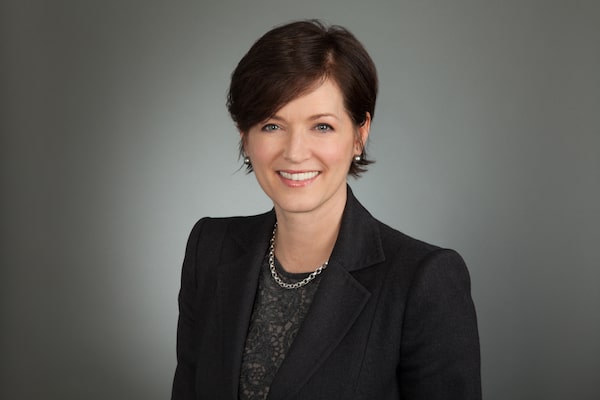The global pandemic has forced us to look at our workforces in a new light and to consider how to make them more future-proof, flexible and agile. In my view, it is certain that the world of work – as well as many other aspects of our lives – will not return to how they were before the coronavirus pandemic turned our workplaces upside down. And that is a good thing.
This accelerated momentum to provide more flexibility in the workplace, particularly for women, makes me optimistic that we will see meaningful progress in the quest for gender equality. As a woman in an industry traditionally dominated by men, I believe we may have reached a tipping point. However, I know the great challenges we face given the inequities in our society that have been with us for generations.
The reality is that women still constitute too small a part of the investment management work force – particularly at the most senior levels. Yes, we should celebrate the fact that Jane Fraser just assumed the CEO role at Citigroup, but let us not forget that in doing so, she becomes the first woman to lead a major global bank.
We as leaders must make a conscious effort to change that paltry statistic. Our challenge is not only to increase the number of women who join the profession and pursue growth in their careers, but also to foster a culture from within that retains women, recognizing the very real obstacles that can often stand in their way.
We often see women, particularly those at the early and mid-stages of their career, forced to leave the work force – largely because of the burdens of personal and home responsibilities that many times fall disproportionately on females. Thus, companies lose high-potential female talent in whom they’ve significantly invested. Sadly, this trend has only accelerated during the pandemic.
It is time that we turn the light inward, scrutinizing whether the words are matched by actions when it comes to what efforts we have put in place to support diversity, inclusion and gender parity within our organizations. Holding ourselves accountable is the only way that we will find meaningful and lasting solutions.
I believe we are at a unique moment in time to attract new, diverse talent and to reimagine the labour structures that do not make sense any more, if they ever did. The ease with which we adapted to working from home over the past year has shown us that the physical barriers of location that have restricted many companies’ ability to expand talent searches can now be re-examined. Key locations such as Toronto, New York, London and Hong Kong will of course continue to serve as financial hubs, but need not hold sway in the search for new talent.
Beyond broadening our horizons in terms of location, reimagining the skills and attributes of a successful candidate will lead us to build more impactful and effective teams. While technical skills will always play a role in one’s ability to perform a financial role, we see the growth of T-shaped skills – such as the ability to make connections and develop lateral thinking – as increasingly important. These skills are found in an organization’s most successful and strategic thinkers.
Teams can solve problems more efficiently and effectively when they consist of people with differing viewpoints, experiences and ways of tackling problems. The proof of this is found not only in the way the teams work together, but the outcomes they realize for their clients. In fact, an assessment conducted by Willis Towers Watson on diversity and performance outcomes found that investment teams with diversity generate better returns.
Once you have acquired the right talent, creating a strong social infrastructure and systems within companies to support genuine connections and nurture growth is a critical piece of the retention equation. One of the greatest challenges of the virtual world is the absence of organic, unplanned moments that truly help young professionals – particularly women – connect and thrive in the workplace. The onus is on leaders to generate these missing connections in new ways.
I have seen a renewed sense of commitment, both from peers across the financial services industry and within CFA Institute, to invest in talent in this manner. When we are willing to capitalize on these unique opportunities to connect, our organizations will reap the benefits.

Liz Floyd/Supplied
Margaret Franklin is the president and CEO of the CFA Institute, a not-for-profit professional organization that provides investment professionals with finance education. She is the Leadership Lab columnist for March, 2021.
This column is part of Globe Careers’ Leadership Lab series, where executives and experts share their views and advice about the world of work. Find all Leadership Lab stories at tgam.ca/leadershiplab and guidelines for how to contribute to the column here.
Stay ahead in your career. We have a weekly Careers newsletter to give you guidance and tips on career management, leadership, business education and more. Sign up today or follow us at @Globe_Careers.